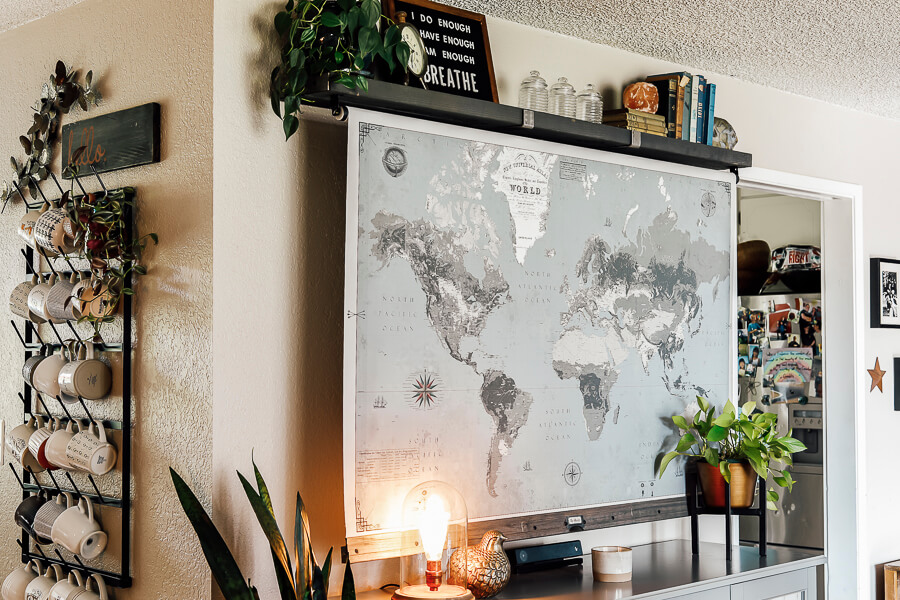When buying or ordering furniture for a TV in the living room or bedroom with a modern interior, there are no problems. In this case, the design of the television is perfectly combined with the style of the rooms. Difficulties arise when choosing furniture for classic interiors or when there is very little space in the room, but you still want to put your favorite big screen somewhere.
However, in this case, the problem is also successfully solved. With a competent design approach, a TV stand can be adapted to any style of interior and at the same time increase its capacity. Find out how to fit modern technology into any interior using various models of TV lifts with electric linear actuators.
To get more information about the opportunities and advantages you can receive by applying motorized TV lifts, just follow this page https://www.progressiveautomations.ca/collections/tv-lifts and enjoy tech solutions.
Why High-quality TV Lifts Are One of the Best Options
The use of standard television stands imposes a number of restrictions and, in addition, further emphasizes the black rectangle of the screen. Whatever the type of home or the aesthetics of the design project, the desired effect is often ruined by the presence of audio and video equipment that dominates the space, becoming the center of attention.
At the same time, few people are ready to remove the TV from the house and give up the opportunity to watch their favorite movies, TV shows, and sports events.
The most effective way to fit a modern TV into a solid classic interior is to make it invisible. That is, hide it in the case of the cabinet and remove it from there only while watching television programs or movies. To achieve this, it is necessary to use mechanical or electric lifts. They are equipped with a platform that can support the weight of the TV panel and move it up or down.
Electric lifts win in terms of reliability and are a really good investment for the whole family. When the TV is hidden, for example, children forget that it is even there and will not watch cartoons all day long. Parents are especially worried about the possibility that the child will drop the device on himself. The use of elevators protects against such risks.
On the other hand, you get more free space in your favorite room and you can watch a series or show at a comfortable eye level. You can choose what type of construction exactly you need to hide your LED TV screen inside of a stand, ceiling, or under the floor. By the way, these variants are not the only options. Some homeowners decide to place small TVs under the hinged kitchen cupboard or other unexpected variants.
Special mechanisms quietly and discreetly slide out the hidden screen when you need it and hide it again when the device is not in use. This allows you to maintain the aesthetics of the interior, in whatever style it is made.
What is a Motorized TV and How Does it Work?
An elevator system usually consists of a metal frame that fits the display, a linear actuator that moves it, and a switch or remote control that powers the entire structure to adjust the position of the TV. It is especially convenient when the TV or projector lift is integrated into the smart home control system, which makes it possible to integrate its operation into home scenarios.
For example, by pressing one key, the “Cinema” scenario can be launched, turning off the overhead light in the room, closing the curtains, opening the TV screen, and including the playback source selection window.
To use the possibilities of hidden TVs to the maximum, it is worth thinking about the installation of retractable motorized elevators even at the stage of construction or development of a design project. This will allow, if necessary, to integrate of the control of audio and video equipment into a smart home, as well as hide the equipment where it is most convenient, including providing built-in sockets in furniture or niches for a screen and TV lift.
How to Embed a TV in a Wall
The installation process resembles the installation of electrical sockets and switches. First, a niche is prepared in the wall, the dimensions of which depend on the size of the TV and the embedding option. There are two installation options:
- The first option is when the TV is partially built in, the front panel remains outside and overlaps the wall surface.
- The second option – the television is inserted into the niche as a whole, and the screen mirror becomes flush with the wall, that is, joint to joint.
A mounting box for a TV is installed in a niche. Through the holes in the rear or side wall, power cables and cables are inserted into it through which an information signal (for example, an antenna) is supplied. All cables are connected to the TV, which is then attached with screws to the mounting box.
When planning a built-in TV, it is very important to choose the right place for installation – such that the rays from windows or lighting fixtures do not give unwanted glare (after all, then such a TV can no longer be moved to another place).
With a light press of a button, instead of a table, a large plasma or LCD TV appears. One more push of the button and the TV is securely hidden from prying eyes. This technique is often used for high-tech room design, as well as for equipping conference rooms where multimedia presentations are held.
If you decide to install such a mechanism in your living room or kitchen, you will definitely feel completely delighted with the result.

